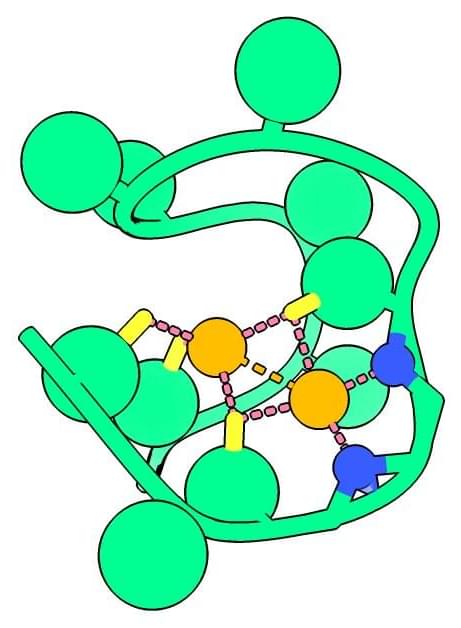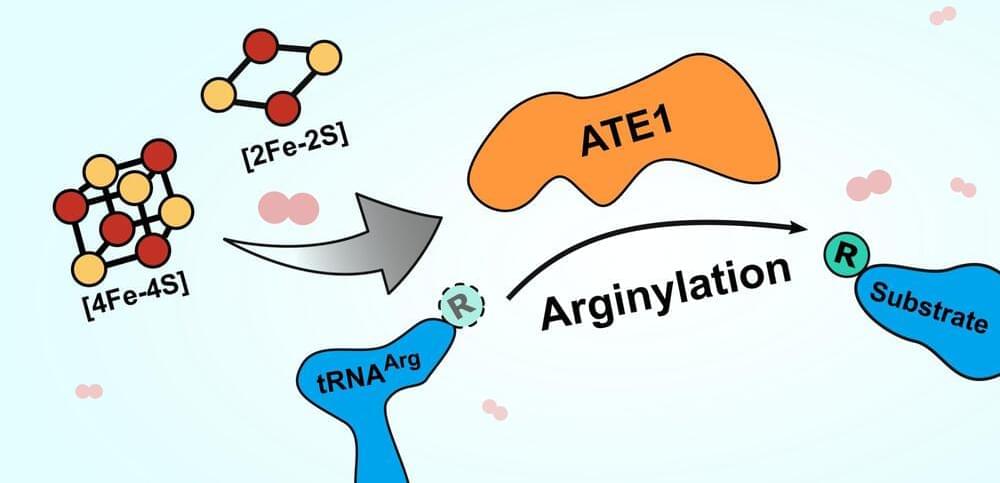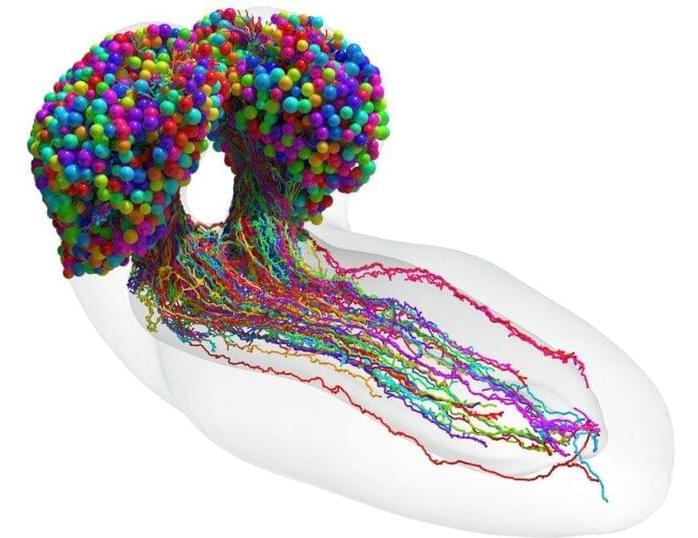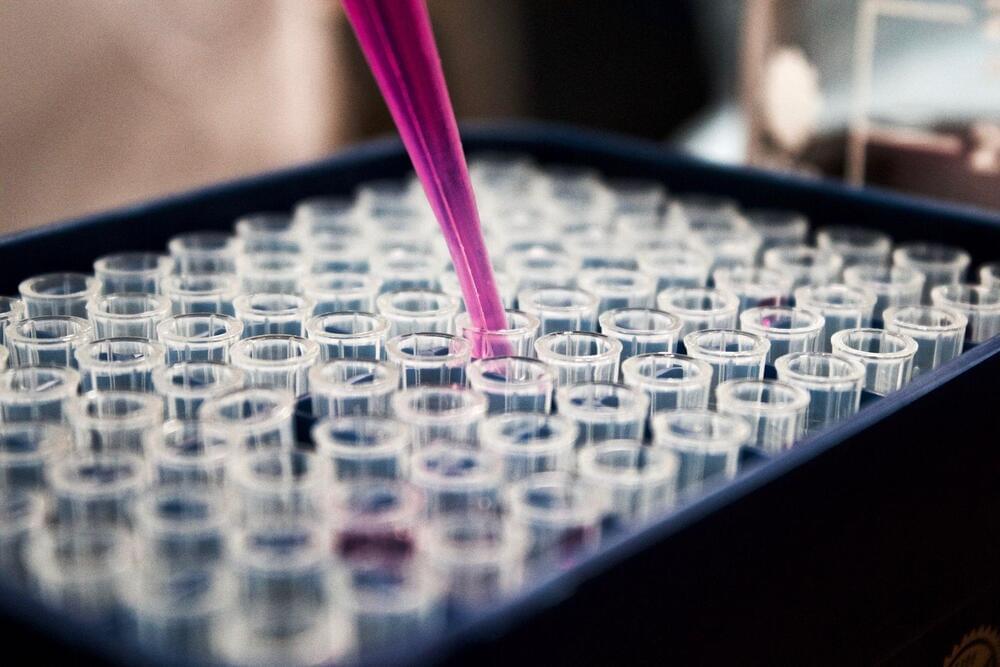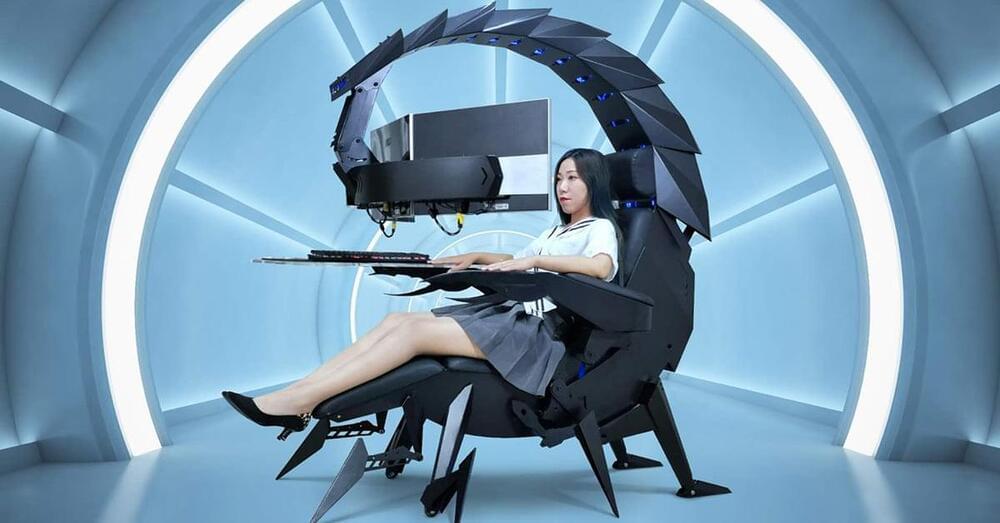Recently is has become known that one should not take Metformin unless you have diabetes. But a combo test of Rapamycin and Metformin showed each removed each others side effects. So here we have another combo test showing the effect on stem cells in the gut.
In a new study published in Aging Cell, researchers have shown that two promising anti-aging agents, the antibiotic rapamycin and the anti-diabetic drug metformin, reverse aging in a population of intestinal stem cells [1].
Older people are more prone to gastrointestinal problems [2]. Moreover, aging is a major risk factor for various cancers, including colorectal cancer. Therefore, it is necessary to develop therapeutic approaches to rejuvenate the aging intestine.
The function and structure of the intestinal epithelium, a single cell layer that lines the small intestine and colon, is maintained by the residing stem cells. Intestinal stem cells continuously divide to generate several types of progenitor cells.

